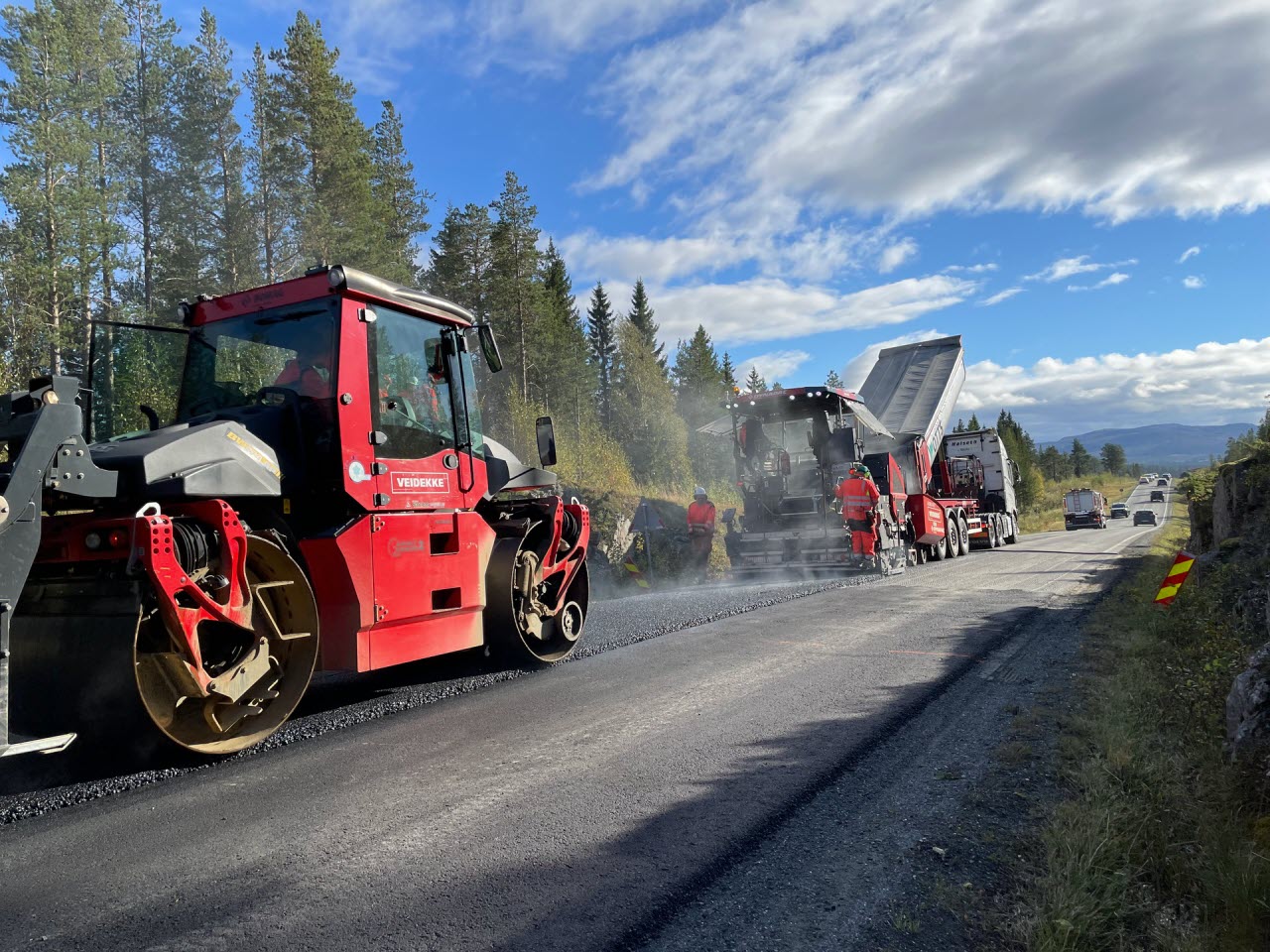Mining the microscale
Dr Johan Blom at the University of Antwerp, is looking for answers to the behaviour of bitumen in the material’s microscale structure and composition.
We have to study the microscale in order to solve problems in the macroscale. Our aim is to find the innermost secrets of bitumen, the sort of DNA of bitumen,” says Johan Blom.
Dividing his time equally between teaching and research, Johan Blom is clearly passionate about his job, exuding genuine enthusiasm for bitumen, asphalt and road building. This bodes well for the newly established asphalt research facility at the University of Antwerp in Belgium where he is working.
Nynas collaborates with the University’s Construction Department on a number of joint research topics. Dr Hilde Soenen, the Nynas Bitumen Research Manager, and Johan Blom work in close partnership, and also share equipment in the new bitumen and asphalt labs.
“We have access to a lot of very advanced instruments which enable us to study bitumen in great detail. But it is not just standard methods that we use, we are also constantly developing new methods,” he explains.
Johan Blom
Dr Johan Blom holds a post-doc position at the University of Antwerp in Belgium, where Nynas has established a bitumen research laboratory. He collaborates closely with Nynas Bitumen Research Manager Dr Hilde Soenen in what is described as “a very well-functioning and tight partnership”.
However, the main challenge facing Johan Blom is to figure out how bitumen works on a molecular level, and then to relate that to new design ideas and methods.
“At the moment, the influence on bitumen from oxidation, UV and water is like a ‘black box’ area, but the latest analysis methods, such as AFM and TOF-SIMS, are now providing nanoscale information for several important research areas.”
One such hot research topic concerns the propagation of wax in so called bee structures and the effects these have on the overall performance of the bitumen, and Johan Blom believes this might hold the key to a better understanding of fatigue in bitumen.
As an example, Johan Blom mentions the new optical detection methods being developed for studying the affinity between bitumen and aggregate. Current methods, involving the titration of bitumen residues found on stones in recycled asphalt, are more limited in scope and detail than the novel alternatives based on optical recognition.
“This will allow us to build a better picture of how and why bitumen binds to the stones, which in the end will help us to improve the performance of bitumen and asphalt. Ageing is another interesting area, and we are looking at new methods to determine ageing and the factors that are at play in that process.”
Microstructural changes in bitumen could have an impact on the material’s mechanical properties and although Johan Blom focuses on this research area, large-scale experiments looking at the performance of asphalt and the effects of different curing methods are also conducted at the university.
“One aim is to define processes that enable self-healing or non-cracking road surfaces.”
A new cycle path at the university provides a testing ground for some of the new ideas put forward by the researchers. A heatexchange system based on water pipes in the asphalt serves a dual purpose: by heating the pavement it ensures the path is clear of ice, making it safer for cyclists and decreasing the risk of frost damage due to bitumen degradation.
However, the main challenge facing Johan Blom is to figure out how bitumen works on a molecular level, and then to relate that to new design ideas and methods.
“At the moment, the influence on bitumen from oxidation, UV and water is like a ‘black box’ area, but the latest analysis methods, such as AFM and TOF-SIMS, are now providing nanoscale information for several important research areas.”
One such hot research topic concerns the propagation of wax in so called bee structures and the effects these have on the overall performance of the bitumen, and Johan Blom believes this might hold the key to a better understanding of fatigue in bitumen.



